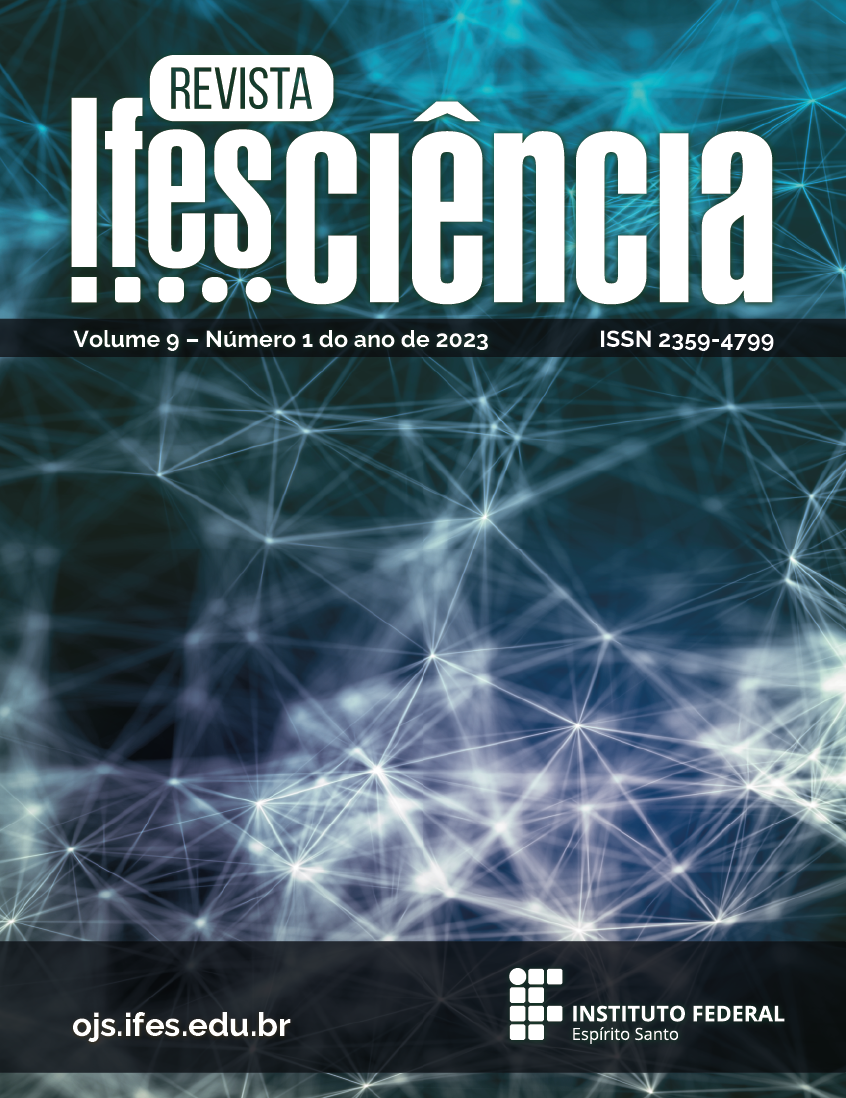Uma AVALIAÇÃO DO ÓLEO DE SEMENTE DE Mabea fistulifera Mart. (CANUDO-DE-PITO) PARA A PRODUÇÃO DE BIODIESEL
DOI:
https://doi.org/10.36524/ric.v9i1.1645Keywords:
Biodiesel, Mabea fistulifera Mart., Transesterification.Abstract
The species Mabea fistulifera Mart., known as “Canudo-de-pito”, was used as raw material for the production of biodiesel, as it presents seeds with an oil content of around 40% and agronomic characteristics of good adaptation to well-drained soils and low fertility. The oil was extracted with solvent, but the high content will allow the extraction to be carried out by pressing. The major components of this oil are linolenic and linoleic acids, which makes the viscosity very low. A factorial experiment 33 was carried out in order to determine the best proportion of catalyst, as well as the best proportion between ethyl alcohol and the extracted oil and the ideal temperature for the highest yield of ethyl esters produced. The results showed that the use of high catalyst concentrations generated yield losses due to the formation of soaps. The highest yield in ethyl esters corresponded to 91.96%, using a 10:1 molar ratio (ethanol:oil), 1.0% (m/m) of the NaOH catalyst and a temperature of 50 °C. The most important variable for oil ethanolysis was the ethanol:oil molar ratio. The temperature had no significant effect on the reaction yield. The evaluation of the quality of the biodiesel produced was carried out by tests based on the ANP Resolution 45/2014, such as indexes of iodine, acidity, esters, copper corrosivity, kinematic viscosity, oxidation stability analysis, sulfated ash, specific mass and contents of Na, K, Ca, Mg and P. All tests gave results within the standards specified by organs regulatory bodies.
Downloads
Published
Issue
Section
License
Copyright (c) 2023 Revista Ifes Ciência

This work is licensed under a Creative Commons Attribution-NonCommercial-NoDerivatives 4.0 International License.
Autores que publicam nesta revista concordam com os seguintes termos:
- Autores mantém os direitos autorais e concedem à revista o direito de primeira publicação, com o trabalho simultaneamente licenciado sob a Licença Creative Commons Attribution que permite o compartilhamento do trabalho com reconhecimento da autoria e publicação inicial nesta revista.
b. Autores têm permissão e são estimulados a publicar e distribuir seu trabalho online (ex.: em repositórios institucionais ou na sua página pessoal) a qualquer ponto antes ou durante o processo editorial, já que isso pode gerar alterações produtivas, bem como aumentar o impacto e a citação do trabalho publicado (Veja O Efeito do Acesso Livre).



